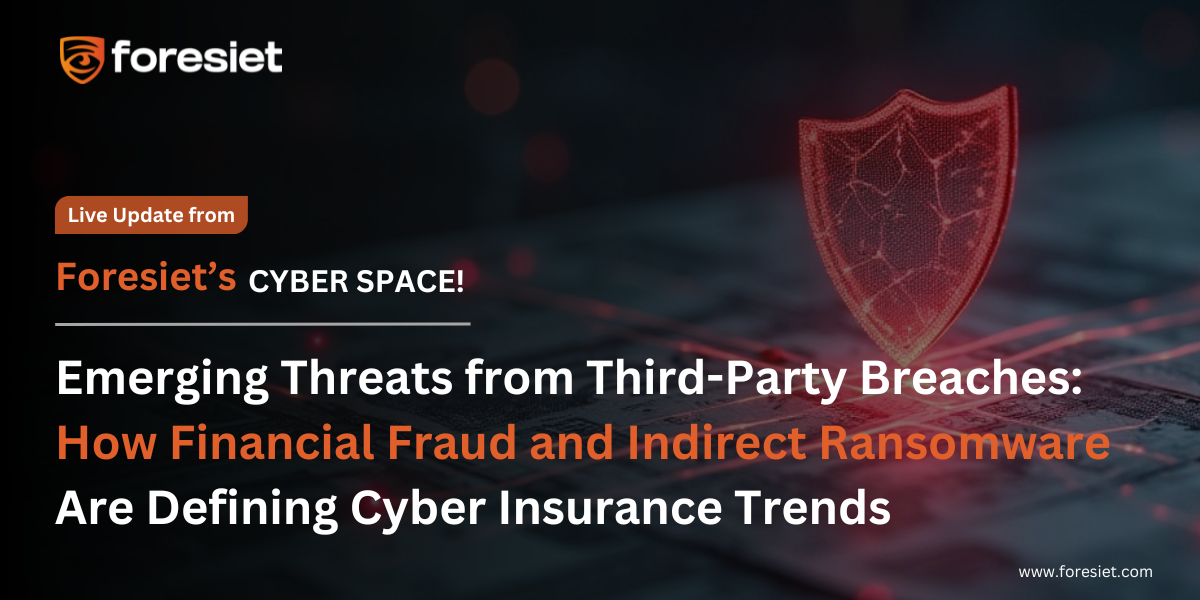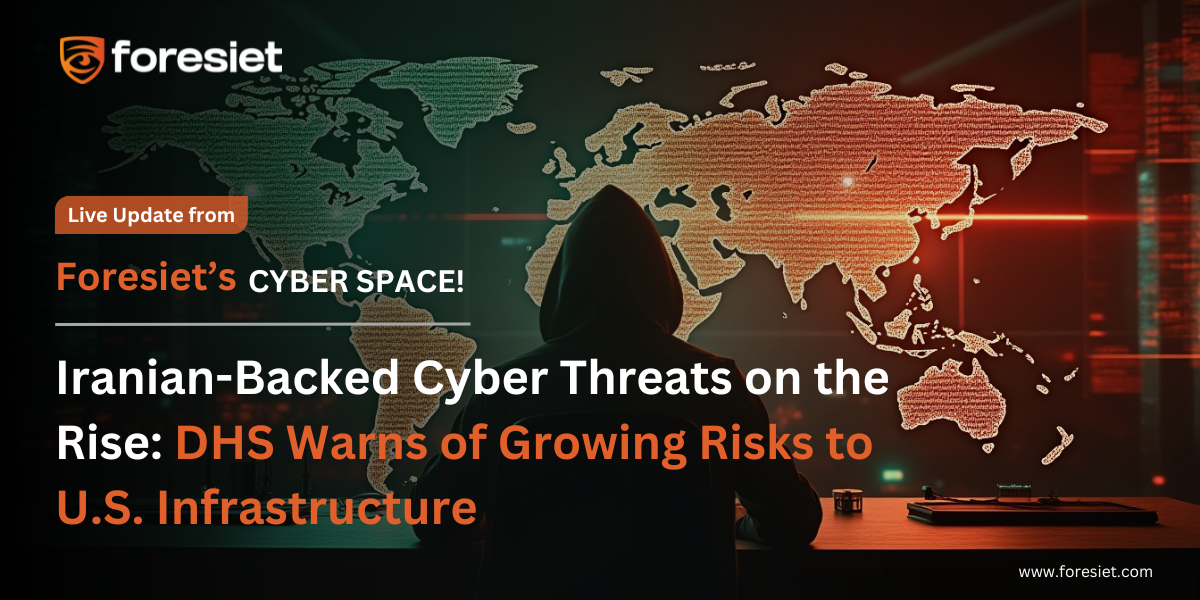Emerging Threats from Third-Party Breaches: How Financial Fraud and Indirect Ransomware Are Defining Cyber Insurance Trends

Introduction: The Evolving Cyber Risk Landscape
Cybersecurity is not merely about firewalls and antivirus anymore—now, your biggest vulnerability might be a third-party vendor. As companies more and more depend on outside partners, third-party hacks have become one of the biggest threats to business security. Financial fraud attacks—usually the result of phishing operations—are now more prevalent than ever, while ransomware attacks happening indirectly through vendors or service providers have risen astronomically in expense and frequency.
Recent data from the industry points out that although ransomware remains at the top in terms of financial loss, financial fraud is the most common reason for cyber insurance claims. With incident costs and claim numbers increasing on average, organizations need to adapt their strategy to cyber hygiene, digital footprint examination, and online risk assessment.
1. Financial Fraud: Phishing Attacks at Scale
Phishing is a top influencer of financial scams, and it triggers most cyber insurance claims, as indicated in At-Bay's 2025 InsurSec Report. Compromised email chains and spoofed invoice requests are more and more threat actors who use these tactics to trick employees into making fraudulent transfers.
How to Protect Yourself:
- Use sophisticated email filters and phishing detection software.
- Train employees continuously on phishing warning signs.
- Use compromised data monitoring and darknet monitoring services to identify potential early warning signals of exposure.
2. Ransomware: Direct vs. Indirect Effect
Direct ransomware attacks continue to be the most expensive, with an average cost per case of $468,000. Third-party vulnerabilities, however, have opened doors to "indirect" ransomware—attacks that come in through suppliers or technology partners—now at a cost of $241,000 per claim, a 72% increase over last year.
Preventive Steps Include:
- Periodic third-party risk scanning.
- Cyber threat scoring and internet risk assessment of suppliers.
- Implementation of endpoint detection and response (EDR) technologies backed by managed detection and response (MDR) solutions.
3. The Third-Party Chain Reaction
It's not necessarily your own security that's breached. More often than not, cybercriminals use weak supply chain links to open doors to sensitive information. Cases such as the breaches in Change Healthcare and CDK illustrate how third-party vulnerabilities can bring business to a standstill in any industry.
Mitigation Measures:
- Monitor vendor cyber hygiene continuously with tools such as Foresiet.
- Perform digital footprint analysis to chart external exposures.
- Implement incident response policies that incorporate third-party fallbacks.
4. Cyber Insurance as a Strategic Advisor
Cyber insurers are no longer claim handlers—they're becoming strategic advisors. With exposure to massive data on breach trends, tools offering dark web monitoring, and visibility into what security habits lower risk, insurers can advise smarter investment.
Why It Matters:
- Insurers are starting to view cyber claim data as predictive intelligence, and not merely historic insight.
- Companies can impact enterprise security budgets and priorities in policy renewal reviews once a year.
5. The Changing Face of Government Support and What This Means
As the federal role in corporate cybersecurity is diminishing—ranging from law enforcement through CISA assistance—companies must increasingly depend on private-sector relationships. That would include insurers, MSSPs, and cyber threat intelligence vendors.
Recommended Actions:
- Strengthen relationships with cybersecurity partners.
- Invest in brand protection and defense against brand impersonation tools.
- Employ darknet monitoring services to identify stolen credentials and unauthorized brand use early.
Conclusion: Building Resilience in a Connected Ecosystem
The word is out: cybersecurity doesn't end at your firewall. In a world where third-party breaches are the new standard, companies have to extend their defense plans. From compromised data tracking to digital threat scoring and brand protection, comprehensive security is now everyone's responsibility in your entire vendor ecosystem.
Collaborating with insurers that provide insights and working with digital threat intelligence vendors such as Foresiet can assist organizations in staying ahead. Don't treat insurance information simply as a ledger for claims but as a map for proactive defense. Your next breach may not be through your front door—it may enter through someone else's.
About us!
Foresiet is the pioneering force in digital security solutions, offering the first integrated Digital Risk Protection SaaS platform. With 24x7x365 dark web monitoring and proactive threat intelligence, Foresiet safeguards against data breaches and intellectual property theft. Our robust suite includes brand protection, takedown services, and supply chain assessment, enhancing your organization's defense mechanisms. Attack surface management is a key component of our approach, ensuring comprehensive protection across all vulnerable points. Compliance is assured through adherence to ISO27001, NIST, GDPR, PCI, SOX, HIPAA, SAMA, CITC, and Third Party regulations. Additionally, our advanced antiphishing shield provides unparalleled protection against malicious emails. Trust Foresiet to empower your organization to navigate the digital landscape securely and confidently.
Protect your brand, reputation, data, and systems with Foresiet's Integrated Digital Risk Platform. 24/7/365 threat monitoring for total peace of mind.


July 1, 2025, 7:17 p.m.

July 1, 2025, 7:07 p.m.